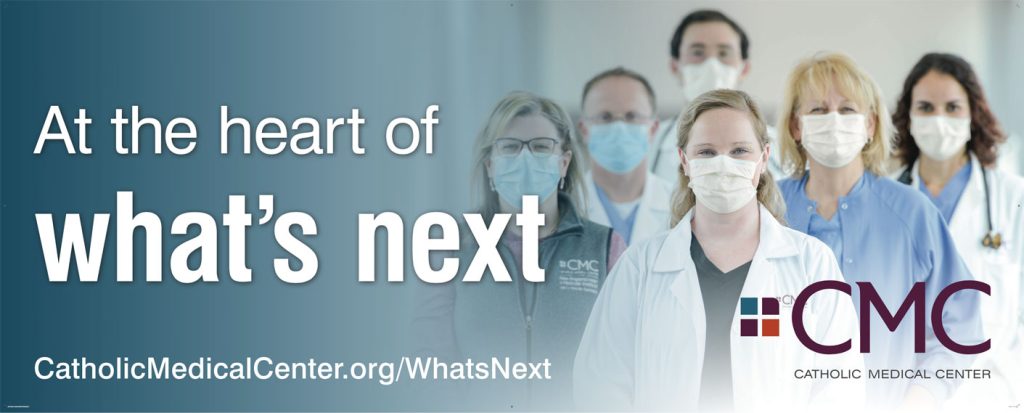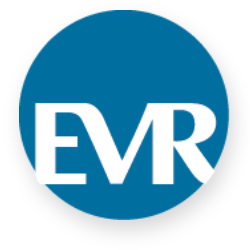Throughout the COVID-19 pandemic, hospitals have been a prominent and credible source of information for the general public. People are highly trusting of information provided by hospitals, sometimes more so than that provided by news outlets or even government agencies.
As an important centerpiece in their local areas, hospitals are in a good position to play this trustworthy and reliable role. They are pillars of the community, invariably one of the biggest employers and the place people turn for their health and physical well-being.
As our communities begin to re-open, it is important that hospitals leverage this influential position to provide more than just healthcare services, but also the leadership that is so vitally needed as we make our way through this crisis to the other side.
Here are five ways that hospitals can go beyond “normal” communications and reinforce their position as a dependable advocate and indispensable partner in the lives of their local population.
1. Be an information hub.
Healthcare organizations must continue providing information that is factual, direct and without slant or opinion. Provide ongoing, updated information about symptoms to look for, reducing risk and local testing options on a web page or microsite. Consider links to other known and trusted resources, such as the CDC or Department of Health for your state.
What we know about COVID-19 continues to change, and your guidance as a healthcare expert is valuable. None of us know what to expect next week, next month or next quarter, so demonstrate that you are prepared to embrace what changes may come our way through your messaging. Be prepared to provide updates often and communicate changes as they happen.
As we heard in a recent SHSMD webinar, current and prospective patients are looking for you to “find your Fauci.” Designate a healthcare expert who can take charge as media spokesperson for your organization. You want someone calm and collected, who can take some of the edge off the mass hysteria and inspire the same confidence in your local population as Dr. Fauci does across national populations.
2. Make sure your message does not get lost.
The market is saturated with messages of “coming together” and organizations stating that “we’re here for you.” From insurance agencies to carmakers, there have been too few examples of differentiated messaging.
Healthcare is one of life’s essential services. Make your message strong and clear so it stands out.
We have worked with our client, Catholic Medical Center, to embrace differentiation in a way that embodies their expertise and preparedness. The tagline “At the heart of what’s next” is a play on their current messaging, “Where heart meets ____”, that acknowledges the hospital is still here for its patients in all the ways it was before the pandemic while also being ready to take on what’s next both during and after it.

3. Focus on patient needs.
What is most important to your patient base and community right now? Convenience? Access? Telehealth?
Listen to your audience and structure your message to benefit them, not to push your agenda. Many patients will need to feel comfortable with routine care before considering something more serious. So consider an entry point of standard services such as labs, imaging or primary care, then move on to promoting more involved procedures for incremental volume.
Address the needs of your patients, calm their fears and welcome them back into your facility at their pace.
4. Do not shy away from digital because of your older patient base.
This pandemic has forced us to learn and embrace new technologies and platforms, and older generations are no exception. Groceries from Instacart, Zoom calls with family members, FaceTime with friends, streaming on smart TVs and tablets—seniors, along with consumers of all other ages, are online now more than ever.
Social media is one channel that has proven especially promising over the last few months. Influential’s Market Impact Report shows social media usage was up 29% from March to May 2020. Users who previously spent an average of 143 minutes per day are now spending 184 minutes per day, including Baby Boomers, who increased their usage by 32%, according to the Influential report. With many brands still shying away from starting their recovery campaigns, now is the time to get yours moving forward on social. Ad inventory availability is up, which means costs are down, so you can really stretch your budget here.
According to the Global Web Index April 2020 Coronavirus Research, other influential platforms include online video, such as YouTube; online TV and streaming services; and online press, which saw an 11%, 21% and 15% increase in usage among Baby Boomers, respectively.
Use these digital platforms to share your messaging and target your current and prospective patients exactly where you know they’ll be.
5. You need video. You don’t need to win awards for it.
In the current climate, videos can be the most effective way to communicate your message. A detailed video of what to expect helps to educate your audience in a transparent and welcoming way so they are more comfortable visiting your facilities.
Through news sites, social media platforms and over-the-top TV, consumers are spending more time online. They are hungry for content and are willing to watch your message in full.
- Show your new check-in procedures or cleaning protocols with a video walk-through.
- Film a telehealth visit or remote check-in.
- Use a provider to explain a new process.
Videos about these topics will have a more significant impact than a simple photo and caption. They can be short, simple and shot with a smartphone. Online programs can help you overlay text and music without bringing in a large film crew and breaking your budget. In this climate, simple can be more relatable, allowing you to meet the demand for information that is up to date and accurate, something a polished spot taking weeks to produce cannot deliver.
The healthcare systems that will succeed in this new way of doing business will retain current patients and attract new ones. Marketing strategies, like everything else, need to change to make sure you are poised to go beyond surviving and start thriving.











